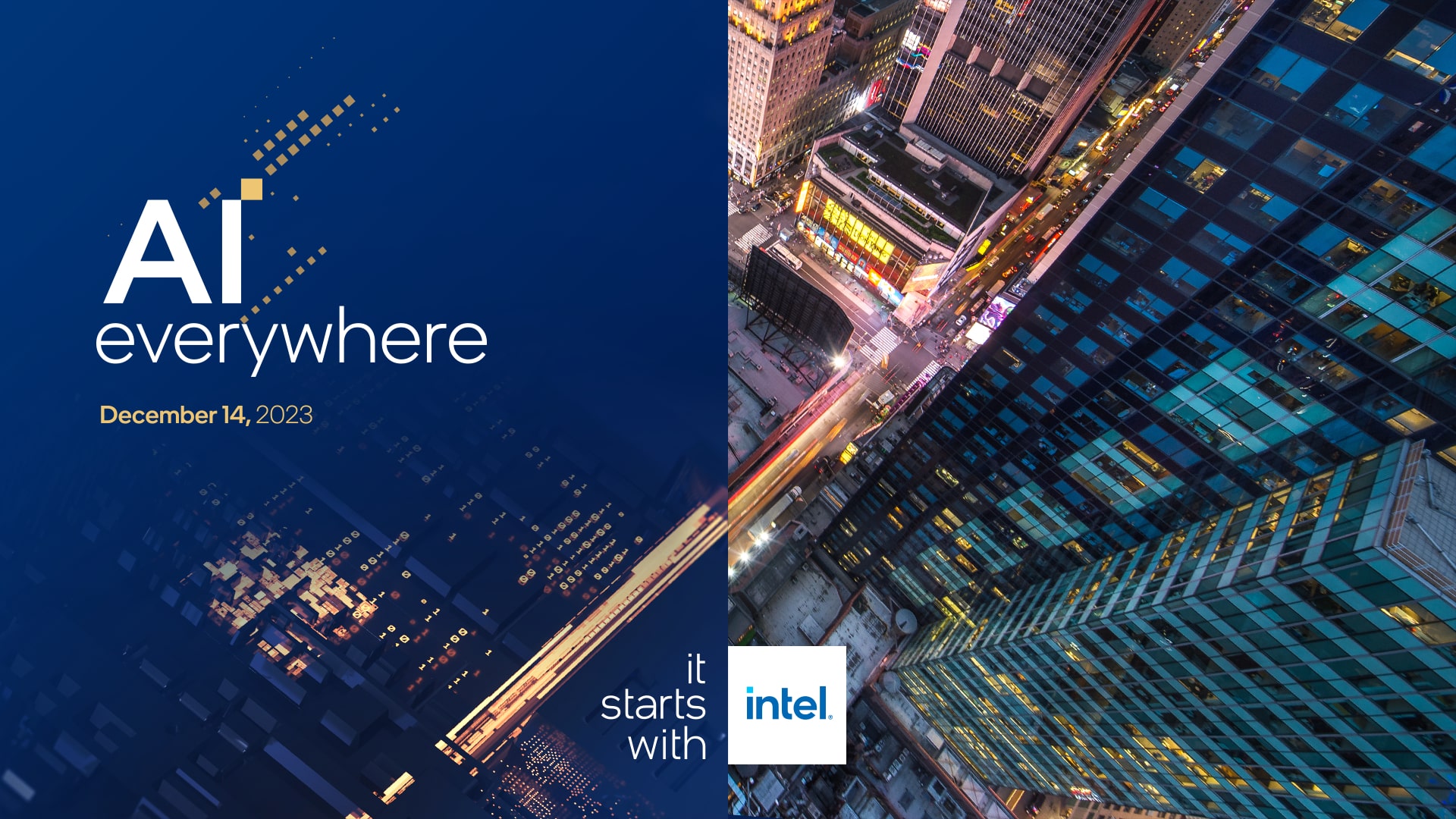
Portfolio manager Gordon Reid would rather you steer clear of a name like Intel Corp (Intel Stock Quote, Charts, News, Analysts, Financials NASDAQ:INTC), which although well off its highs may not have a lot of upside from here.
“It’s that age old question, is it a value trap or is it an opportunity?” says Reid, CEO of Goodreid Investment Counsel, who spoke about Intel on BNN Bloomberg on Friday.
“Intel, of course, years ago, was the darling of the chip space and was an amazing performer, but they’ve fallen on hard times,” he said. “They still do $75 billion worth of business, but they can’t really seem to get traction from a growth standpoint.”
Intel reached about the $67.50 mark earlier this year before starting to head south and has more recently settled into the $54 range. That’s not a huge drop but enough to leave investors wondering whether the stock can make it back to those mid-$60s highs before the year is out.
History shows it’s possible, as INTC was at $67 just before the pandemic struck in early 2020. Then again, mid-$50s is also territory the stock is friendly with, having been in that range going back as far as 2018.
That may leave buyers from a few years ago feeling less than pleased with the lack of progress for Intel, but for new investors kicking the tires, Reid thinks there’s more opportunity in the semiconductor space from a name like Qualcomm (Qualcomm Stock Quote, Charts, News, Analysts, Financials NASDAQ:QCOM).
“Intel’s greatest attribute, really, is their cheap valuation — I think it’s trading around 12x earnings,” Reid said. “We think it’s more of a value trap.”
“But could it turn itself around and could it — I think it’s $16 or $18 billion that they spend on R&D annually — produce the type of results that one would expect? Maybe. But there are just so many great opportunities in that space that are actually [producing those results] right now and I would probably go more with the tried and true,” he said.
“I mentioned Qualcomm earlier in the show and I would prefer to to go in that direction as opposed to an Intel. But one never knows, and we’ve all seen companies that had past glories, fell on hard times and then resurrected themselves, and Intel could be one of them, but I probably would go elsewhere,” Reid said.
It’s an interesting time in the microchip sector, which is dealing with a global shortage in chips that has almost all sectors of the economy on edge, as chips are integral features now in so many products from cars to fridges to city infrastructure.
For its part, Intel’s business is looking solid, with the company reporting revenues and earnings in its latest quarter that beat both analysts’ forecast and Intel’s own guidance for the company’s second quarter 2021. Intel posted $18.5 billion in adjusted revenue, up two per cent year-over-year, and better than the consensus call for $17.8 billion and Intel’s $17.7 billion guidance. (All figures in US dollars.)
On adjusted earnings, INTC’s Q2 was up 14 per cent year-over-year at $1.28 per share and compared well to the Street’s call for $1.06 per share and Intel’s forecasted $1.05 per share.
Intel said the second quarter results show how they’re building momentum, although results were mixed depending on the segment. At $10.1 billion in Q2 revenue, the company’s key business unit in Core Computing Group (CCG) saw revenue climb six per cent from a year earlier, but its Data Center Group (DCG) was down nine per cent at $6.5 billion.
“There’s never been a more exciting time to be in the semiconductor industry,” said Pat Gelsinger, Intel CEO, in a July 22 press release. “The digitization of everything continues to accelerate, creating a vast growth opportunity for us and our customers across core and emerging business areas. With our scale and renewed focus on both innovation and execution, we are uniquely positioned to capitalize on this opportunity, which I believe is merely the beginning of what will be a decade of sustained growth across the industry,”
At the same time, Intel has said the global chip shortage is likely to continue through 2022 and only abate in 2023.
“While I expect the shortages to bottom out in the second half [of 2021], it will take another one to two years before the industry is able to completely catch up with the demand,” said Gelsinger in the second quarter conference call.
Gelsinger touted the advantages of the company’s new IDM 2.0 corporate strategy, outlined in March of this year, which will see the company expand its manufacturing capabilities at the same time that it will start using more external foundries. Intel announced plans to build two new fabrication plants in Arizona with a huge $20 billion investment.
“IDM 2.0, which combines our internal manufacturing capacity with the use of third-party foundries, best positions us to weather these challenges and work with our ecosystem partners to build a more resilient supply chain,” Gelsinger said.
Leave a Reply
You must be logged in to post a comment.






 Share
Share Tweet
Tweet Share
Share




Comment